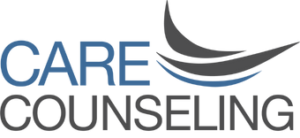Being Intentional about how you Advocate: Speak up Even if Your Voice Shakes
Advocating involves speaking up. There are many ways to advocate for change. I really enjoy the visual model of the social change wheel as it illustrates that there are multiple ways to work towards social change.

